Planting strawberries in autumn
Our gardeners call strawberries Garden strawberries, - a berry that is distinguished not only by its high yield and large-fruited, but also by a pleasant dessert taste. In addition, it is cold-resistant and rarely affected by disease.
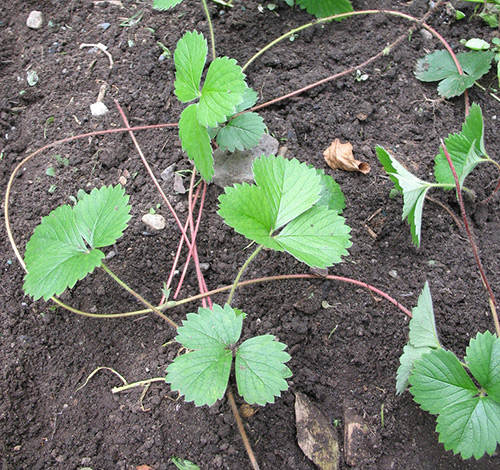
Thanks to these qualities, these berries are very popular. They are more and more often found in the areas of our gardeners, for whom planting strawberries in autumn is becoming the same routine operation as, for example, planting winter garlic.
Novice gardeners are sometimes surprised: strawberries are a perennial culture, why plant them every year? Is it really impossible, having laid the bed once, then only diligently look after it?
Why transplant strawberries?
Garden strawberries bear fruit well in one place for no more than four years. In the future, the berries become smaller, the bushes are increasingly affected by various diseases, and the yield is gradually decreasing. That is why it is recommended to transplant it to a new place at least once every four years. And in order to feast on its fruits every year, you have to start several beds of different ages in your garden at once.
Just to get a good harvest of fragrant berries is not enough just to plant young bushes in empty spaces. Strawberry is not a very capricious plant, but it still requires some attention and respect for its interests.
Landing rules
These rules are not too complicated, but neglecting them can be quite expensive for the gardener. The risk consists not only in the loss of time, delay in the onset of fruiting, but also in the possible death of valuable planting material.
First of all, you should determine the time of the transplant. This can be done in spring, late summer and autumn. But planting garden strawberries in the fall is considered the most preferred by most gardeners who are constantly growing them. The reason is quite simple - the plant is quite frost-resistant, and autumn allows you to use young bushes that have already formed well over the summer, which will be able to start bearing fruit in the spring.
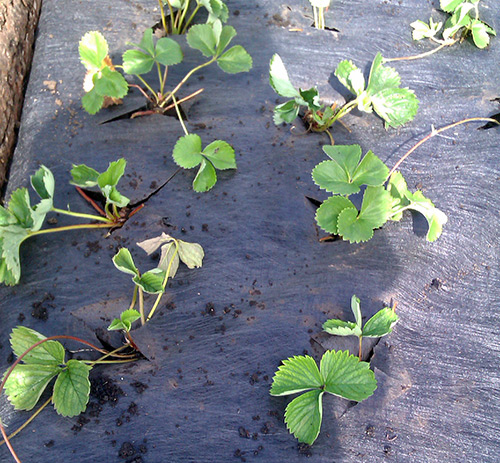
But it is also impossible to delay planting - the early onset of frost can interfere with rooting, which can lead to the freezing of the plantation. Therefore, in areas with cold and little snowy winters, the autumn planting of strawberries should be approached with great care.
It is equally important and correct to choose the right place for the berry. Here you need to pay attention to the following factors:
- direction of the slope;
- soil composition;
- illumination;
- groundwater;
- protection from the wind;
- predecessors.
An even surface is an indispensable requirement for a future strawberry plantation. If there is a slight slope, then it should be south or, in extreme cases, southwest. Any other direction of inclination of the soil will force the plants to shade each other, which will significantly inhibit their development.
There is an opinion that any soil is suitable for strawberries, except for salt marshes and swampy lowlands. In fact, both humidity and the availability of air are important, and the amount of nutrient minerals found in the upper layers of the earth.
The site must be well lit. In the shade, strawberries, of course, will take root, even grow. But it will be very weak to bear fruit. To get full harvests, she just needs to be in the sun throughout the day.
If you try to grow it in a lowland, where groundwater is close, then it will often get sick, suffer more from the attack of slugs and snails, who never miss the opportunity to enjoy sweet fruits. High humidity will negatively affect the winter hardiness of the bushes. Experts consider the minimum possible depth of water standing for the normal development of this plant to be 0.8 meters from the surface.
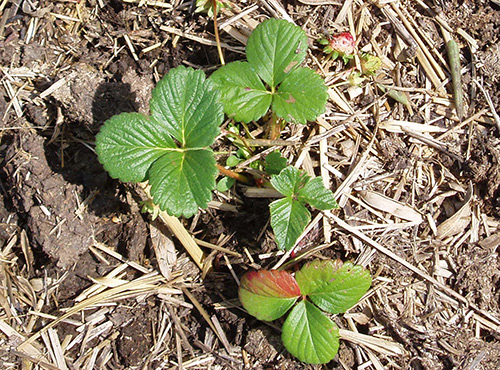
Areas where winds roam freely are especially dangerous in winter. The snow cover is usually thinner than in other places, as the snow is constantly blown away.Bare soil freezes much deeper, and plant roots often die from frost.
Strawberries are picky enough about their predecessors. It will take root well if there were beets, carrots, bow, garlic or legumes. Will have nothing against dill, rye or oats. But cabbage, cucumbers, potatoes and other nightshades, including peppers and tomatoes, should be avoided in this case. And even more so, do not plant where other varieties of garden strawberries have already grown. Strawberries can return to their original place no earlier than after five to six years.
Soil preparation
They begin to prepare the soil for autumn planting in the summer. Experienced gardeners do this no later than a month before planting - around the third decade of July. Humus or well-rotted manure is introduced at the rate of 3 kg per square meter. Add 20 g of ammonium nitrate and potassium chloride, then 25 g of granulated superphosphate. If the soil is heavy, it will be helpful to mix in a small amount of river sand. Sand is sometimes poured onto the surface to reduce the number of snails and slugs.
We must not forget about the acidity of the soil - it should be close to neutral. Strawberries do not like sour earth. But it is not recommended to add lime just before planting - it is better to use ash or dolomite flour, which dissolves only until it eliminates the increased acid.
The whole place of the future berry plantation is well dug up, at the same time clearing from the roots of weeds and larvae of pests, then slightly trampled.
Seedling preparation
For transplantation, you should use young, but well-developed bushes that grow over the summer on the whiskers of the mother plant. Usually such seedlings are formed in late August or early September. The bushes from which the layers are taken must be strong and healthy, not damaged or diseases, nor pests, and not more than three years old.
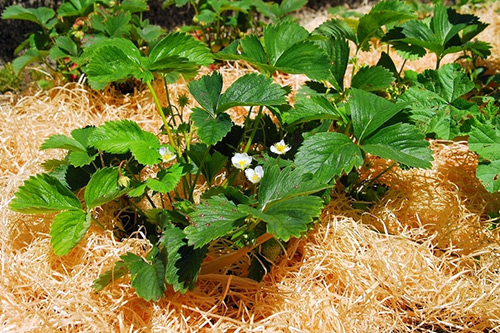
A seedling is considered sufficiently developed if it has at least three leaves and a healthy bud in the center of the outlet. The roots should be about 6 cm long. If the length reaches 10 cm or more, then it is better to shorten them a little.
Many experts advise to keep the seedlings in a cool place for five days before the autumn planting.
Planting process
To facilitate care, it is convenient to plant strawberries in rows that look like small beds from 5 to 7 cm in height. The distance between the individual bushes is about 30 cm, and between the rows - up to 70. The surface of the finished planted ridge becomes, as it were, undulating, so that the water after rains or irrigation does not stagnate near the plants.
But you can just plant the bushes in two lines with a distance of 40 cm. In this case, a space of 20 to 30 cm is left between the plants. Some gardeners plant even more freely - according to the scheme 0.5 × 0.8 m.
The holes are made small - slightly wider than the root system of the seedlings. Their depth should be such that the apical buds after planting are sure to be at ground level. If this does not work out, too high an arrangement will lead to further exposure of the roots. And too low - to tightening the heart below the soil level, covering it with earth and slowing down the growth of the entire strawberry bush.
It is very important that the roots sink into the ground in an upright position - this will accelerate the development of the root system. After planting, the soil around the stems must be compacted, watered and mulched with organic matter, for example, rotten sawdust or chaff. It is advisable to make a layer of mulch no thinner than 5 cm.
Planting strawberries on non-woven fabric
The method of planting strawberries on top of a covering cloth - special agrofibre or black non-woven material deserves special consideration.Such a coating is good for air and water, but prevents evaporation and retains heat.
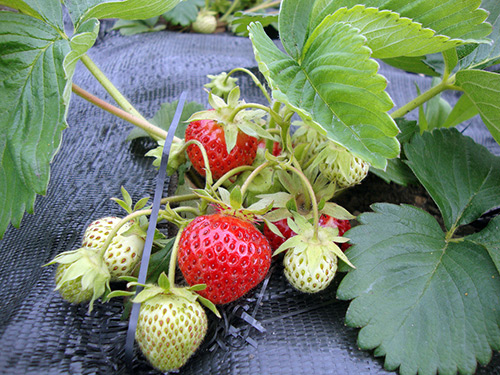
The covering material is spread directly on the beds, on top of the already finished holes, and fixed with pegs or metal pins. Where the holes are located, cross-shaped cuts are made into which the seedlings are planted.
The advantages of this fit are obvious:
- no weeds;
- protection against many types of pests;
- insulation in the cold season;
- reduction of watering by reducing moisture evaporation;
- getting rid of the need to often loosen and mulch;
- cleanliness and convenience in harvesting.
The material for planting must be black, have a homogeneous structure and resistance to ultraviolet radiation. Better than others, these requirements are met by special coatings, such as lutrasil with a density of 60 g / sq. meter.
Thanks to the carbon black in the composition, black lutrasil is able to absorb a large amount of heat, which ensures quick heating of the garden. And the porous structure does not interfere with watering and the introduction of fertilizer solutions directly on top of the canvas lying on the ground.
Sometimes black plastic wrap is also used as a cover for strawberry beds. But, in comparison with non-woven materials, it has rather significant drawbacks:
- it is not able to pass moisture;
- a small gap must be left between the stems and the film;
- in warm and humid weather, the soil under it can sour;
- it is necessary to water and feed the plants strictly in the slot, which makes these operations much more laborious;
- the service life of such a coating is much shorter.


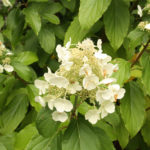


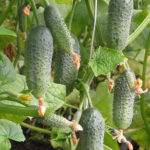



I also noticed that the autumn planting of garden strawberries gives good results (I am doing this in mid-September). The bushes, covered with a couple of layers of non-woven material and snow, winter very well and they greet spring with green living leaves. Fruiting already in the first year after transplantation (although not yet in full force), by the end of summer the bushes already consist of several horns and release a mustache. For the first year in a new place, it is already possible to mark plants with the best berries with sticks and use them for further reproduction.